Uruguay
Montevideo (14/5/07 – 15/5/07)
After Rio, all my “planned” destinations were in much colder locations… so I sent some stuff home. Mostly summer stuff, sandals etc.
I pack light… very light. Combined weight – 15kg.
Montevideo is the capital of Uruguay. Uruguay is a funny place. The taxis here have meters that start at 0.
This fountain is in the plaza de la constitucion. The fountain is supposed to represent the evolution of man, with the figure at the top supposedly representing the “perfect man”… he’s a bit small though…
Uruguay has a rather varied and unusual history. Occasionally claimed by Portugal, Spain, Brazil and Argentina… it finally won its independence in 1828 with no small amount of help from this fellow, Artigas, whose statue takes centre stage in the Plaza Independencia…
The Teatro Solis, closed for many years due to restoration… looks very nice at night.
An interesting place to find a bronze statue of prometheus and the bird that eats his liver.
On one of the main streets, there is a very large cross. Though Uruguay is technically non-religious, a large number of the population are Roman Catholic and they erected this cross to commemrate the visit of Pope Juan Pablo II (John Paul II).
The Uruguayans love their statues… there are many of them dotted around Montevideo… including some of people who had very little to do with Uruguayan independence… at least directly.
…and another one. I’m sure the posters stuck to the base are refering to latex – the typesetting program (that all mathematicians know and love) and not the other kind of latex that gets lots of hits when you google it.
The parliament building of Uruguay. Constructed of stone and marble, houses both houses of parliament. Many of the government offices are in buildings across the street and there is, in fact, an underground tunnel linking these buildings to the main parliament building.
Most of the old city is located on a peninsula, jutting out onto the Rio de la Plata (which is technically an estuary). The city has grown well past that, of course, and there is a fort and museum on a hill across the bay. Ha! I shoot the centre of Uruguay with my canon!
Montevideo is an ecclectic mix of architectural styles. Its like the builders didn’t quite know what they wanted the palce to look like and frequently changed their minds. This building used to be the Argentinian Embassy… or maybe it was the house of the Argentinian Embassador. In any case, it isn’t any more… it now belongs to a businessman.
Not all the monuments in Montevideo are old… this one is fairly recent and was supposed to represent the signature arm-pose of one of the past presidents. Of course, Uruguay, being known for its beef… now calls this monument the “big horns”
Speaking of the importance of cattle and oxen in Uruguay… there is even a monument to them. In the background, you might just make out the stadium. This stadium doesn’t look too flash right now… but it was built in 1930 and was one of the first stadiums to be made out of concrete. It was built to host the first ever tournament to which the Jules Rimet Trophy is awarded (many people know this competition more familiarly as soccer’s “World Cup”). Uruguay won this tournament the first time. They would only win it one other time… in 1950 in Brazil… beating Brazil in the Maracana stadium (some may remember that from a few days ago). Now THAT is a monumental feat… and one which, unsurprisingly, has a monument to it.
This is the old jail… they spruced it up a little and muddled the insides around a little bit and now…
… it is one of Montevideo’s classiest shopping centres. I went to see Spiderman 3 at the cinemas here. There were only 3 people in the cinema with me. This was not because the movie was unpopular, on the contrary… it was so popular that the Spanish dub came out earlier than anticipated and everybody piled into that session leaving a select few of us (all foreigners, I believe) to watch it in English with Spanish subtitiles.
The drink of choice in Uruguay – mate.
Colonia del Sacramento (16/5/07)
The small town of Colonial is a UNESCO world heritage site (I should make a list of all the ones I’ve been to…). It sits on a peninsula jutting into the world’s widest river – the Rio de la Plata.
Here we find an example of the Uruguayan national plant… not the prettiest thing in the world, especially when not flowering.
The bullfighting ring… complete with lens flare. It opened in about 1912 and closed two years afterwards when bullfighting was made illegal after hosting a very small number of fights. It is currently being renovated and refitted to become an open-air theatre.
This street is known as the street of sighs. Not sure why. It is also one of the oldest streets in Colonial, which was founded by the Portuguese who thought that they liked this bit of land a bit more than the Spanish did.
The central square of the old city is just gorgeous with many old and very beautiful trees lining it.
A nice tree. Not a larch…
A rare moment of photographic brilliance… I think I’m overusing the sun in my shots…
Nick would have had alot of trouble with this lighthouse… even I had to duck to get through this thing and I’m not particularly tall.
This is the light at the end of the tunnel… and it is not the light of an oncoming train, phew!
An overview of the main square… the church can be seen in the distance and slightly to the left of centre.
Notice how that shadow is in someone’s garden… behind a fence… I risked it all, climbing that fence so that I could stand in that shadow and take that magnificent shot from before… *bows*
The walls of this lighthouse were quite thick… I guess they need to be, it was quite windy.
Now… lets see if we can spot where the original paving gives way to the “restored” side…
Colonial is a simple town… best explored on vespa.
It is also a beautiful town… almost every street in the old part of the city was lined with trees like these… and, as it happened to be a clear autumn day… a picture.



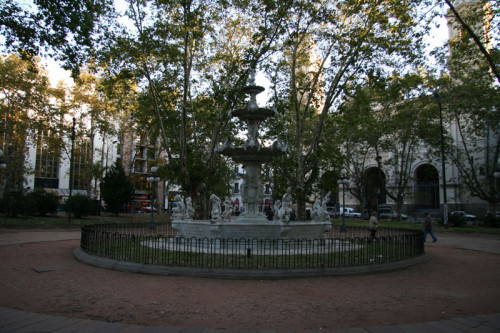







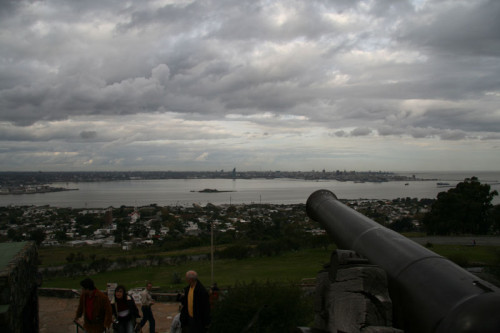

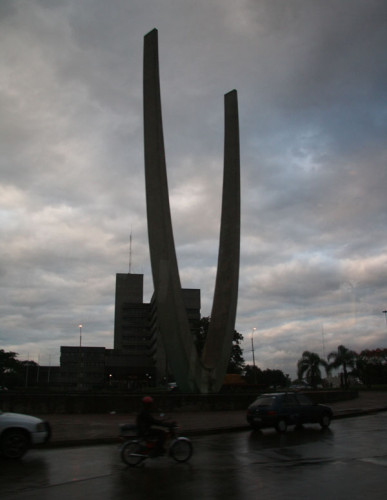
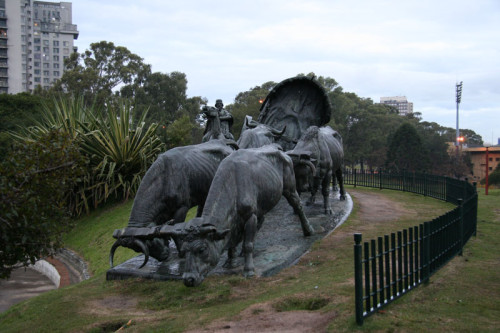

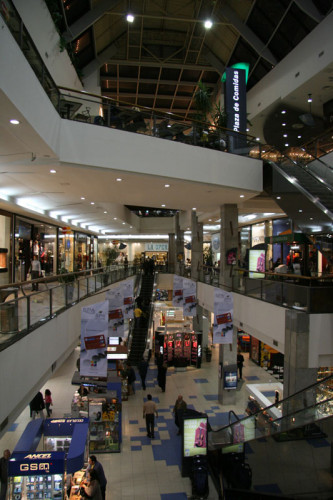
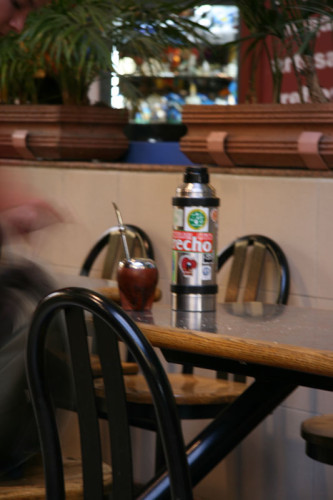
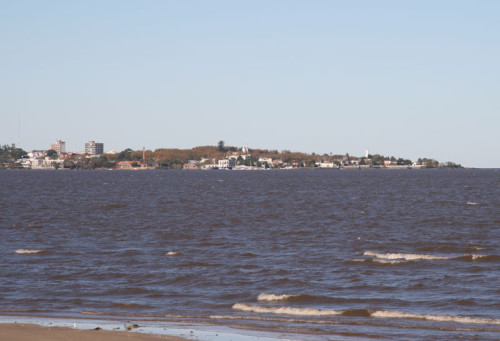




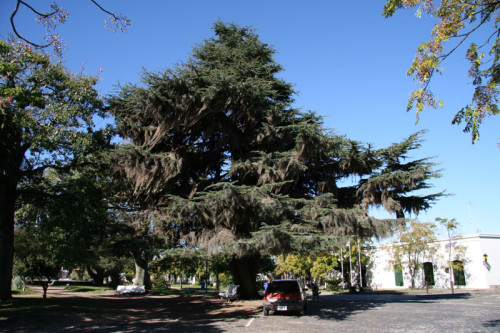
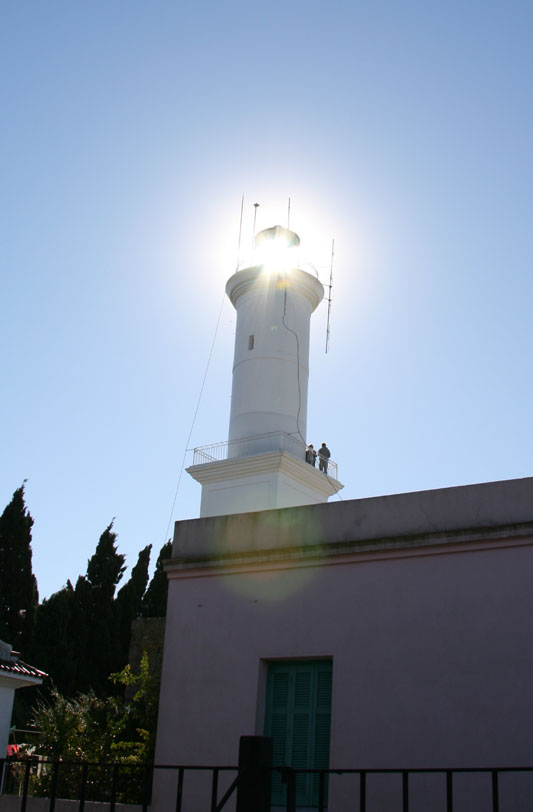
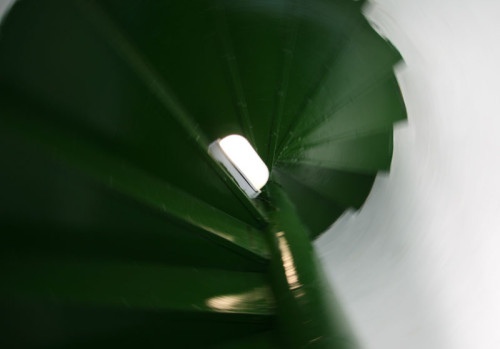


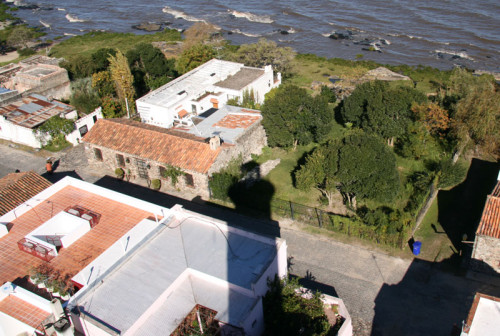
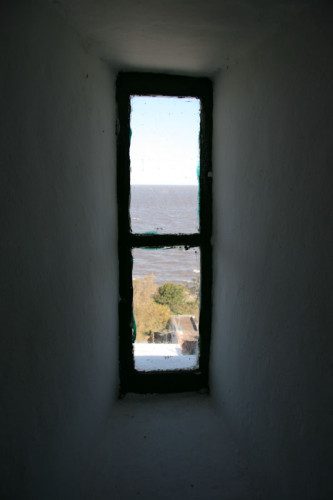
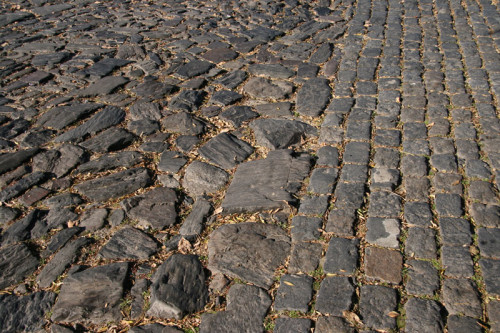


Leave a comment